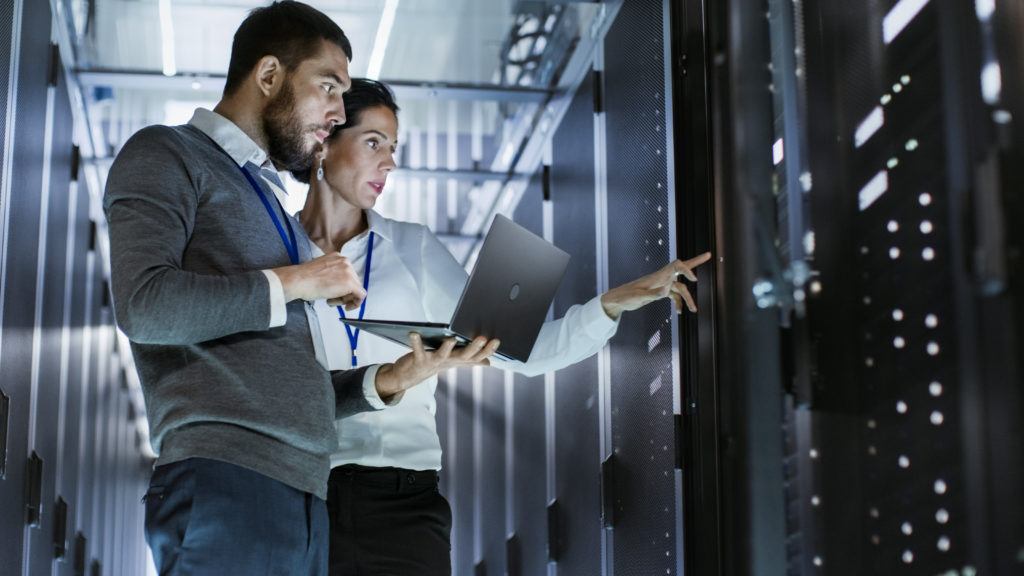Connect with our experts to learn more and start your journey to a successful career today!

What Is Workforce Readiness?
From an HR perspective, workplace readiness refers to the competence and willingness of employees to change and adapt according to the needs of the workplace. Not everyone enters the workplace with all the skills that they will need to do their jobs, or at every stage of their career. Even the organization won’t stay the same as policies and the environment changes.
Measuring workforce readiness means understanding whether your employees are willing to learn new skills and respond to unique challenges and unfamiliar situations that they may come across during their work.
The HR department plays a major role in measuring workforce readiness and raising awareness about it. Their role is critical to ensuring that the company has all the skills it will need in the long-term prospect. This includes technical skills, interpersonal skills, and strategic skills. Their job is to define standards and performance levels for the workforce and ensure that each employee meets those expectations.
Learning New Technology
Workforce readiness is critical to ensuring that your company has the technological literacy and skills required to compete in the marketplace. The lifecycle of any technology is pretty short-lived. While in the past companies might have expected their employees to transition to a new technology once in 10 or 15 years, today, employees are expected to acquire new skills every couple of years.
In the drive to simplify and streamline organizational processes, new technology systems, applications, tools, and platforms have become a part of the modern workplace. Employees need to be ready to learn these new systems if they are to be considered as a valuable asset for the company.
Start your 30-day free trial today to learn new technology.
Implement Plans
In the dynamic environment that companies operate in nowadays, it is common for new challenges and opportunities to come up from time to time. Even within a single business year, a new opportunity might require a change of plans. In this situation, what makes a real difference to the company is the ability of the employees to reorganize and implement new plans efficiently.
Implementing plans requires grappling with an unfamiliar situation. It also requires employees from different parts of the organization to work together, create new systems, and perform beyond the call of duty. They need to find new resources to get the job done, all of this while keeping control over time and budget.
Overcoming Challenges
Challenges are commonplace in the modern workplace, and most of the workforce already expects it to be part of the daily grind. However, not all employees are ready to embrace challenges as an opportunity to expand their skills and knowledge. In fact, most employees and even managers may try to impose a familiar solution on a new challenge, which does not produce any good results.
When there is workforce readiness, the employees are motivated to take up new challenges because they know that these challenges are going to teach them about the business environment and the skills they need to become a problem solver. More importantly, the organization is also ready to invest in these employees to equip them with the skills of self-learning and making resources available to them.
Workplace readiness may be a new concept to many HR managers, but it is highly relevant in the current scenario. The economic conditions are changing more frequently than ever before, presenting high risks of cost-cutting, layoffs, and slashing benefits. This creates challenges for senior employees as well as much younger ones. In order to survive in such a challenging climate, both organizations and employees have to ensure workforce readiness to overcome these challenges better than their competitors.
